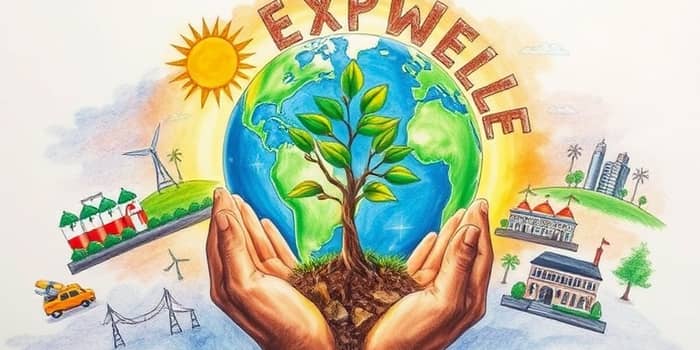
In an era of unprecedented environmental challenges and social inequities, sustainable finance emerges as a powerful tool to reshape our collective future. By aligning capital with purpose, investors can drive systemic change and foster resilience across societies.
From renewable energy projects to inclusive healthcare initiatives, sustainable finance unlocks avenues for meaningful impact. This roadmap will guide you through core concepts, market trends, regulation, and practical strategies for integrating sustainability into financial decision-making.
Sustainable finance involves incorporating environmental, social and governance factors into financial analyses and investment decisions. It is built on the principle that long-term prosperity depends on balancing profit with planetary and societal well-being.
Key approaches include:
The global sustainable finance market is surging, valued at an estimated USD 6.9 trillion in 2024 and set to expand dramatically. This growth reflects a broader shift as investors prioritize transparency, accountability, and long-term value creation over short-term gains.
According to leading analysts, the market could surpass USD 27.9 trillion by 2033, with accelerated growth reaching USD 44.2 trillion by 2034. Such expansion underscores the momentum behind ESG-driven capital flows and the maturation of both public and private financial instruments.
Innovative financial products are central to directing funds where they matter most. The following instruments dominate the market and continue to evolve in sophistication:
Regulatory momentum is a cornerstone of sustainable finance’s credibility. In the European Union, the Sustainable Finance Disclosure Regulation (SFDR) and the Corporate Sustainability Reporting Directive (CSRD) mandate robust transparency, preventing greenwashing and ensuring that capital is truly allocated to sustainable activities.
The EU Taxonomy further codifies what counts as environmentally sustainable, categorizing economic activities based on six environmental objectives and enabling investors to identify ‘deep green’ opportunities or supported transition pathways.
As we move into 2025, the focus shifts from aspirational targets to tangible outcomes. Investments are pouring into regenerative agriculture, fossil-free steel production, and climate-resilient infrastructure. Technology plays a pivotal role, with AI-driven analytics enhancing risk assessments and optimizing decarbonization strategies.
However, challenges persist. Greenwashing risks remain a threat, requiring continuous vigilance from regulators and investors alike. Economic uncertainties and evolving regulations can create headwinds, but they also stimulate innovation in financing solutions.
Redirecting capital toward sustainable outcomes is more than an ethical choice—it is a strategic imperative. Sustainable finance bolsters economic resilience in volatile markets by mitigating climate and social risks, and it underpins efforts to reach the goals of the Paris Agreement and the UN Sustainable Development Goals.
Looking ahead, sustainable finance will continue to diversify. Innovative products such as social impact bonds, green mutual funds, and ESG-embedded derivatives will attract mainstream investors. Regions like Asia-Pacific and the Middle East present significant expansion potential, driven by national green initiatives and infrastructure demands.
Yet, the journey is not without obstacles. Regulatory complexity and compliance burdens can deter smaller players. Financing gaps, estimated in the trillions to meet climate and SDG targets, require public-private partnerships and blended finance approaches to bridge.
By understanding these dynamics and harnessing the tools available, stakeholders can transform financial markets into engines of sustainable development. This roadmap serves as an invitation to investors, policymakers, and citizens alike to participate in building a better world through finance.
The era of sustainable finance is not a future possibility—it is today’s imperative. Embrace this roadmap to channel capital toward impactful solutions and secure a healthier, more equitable future for all.
References





